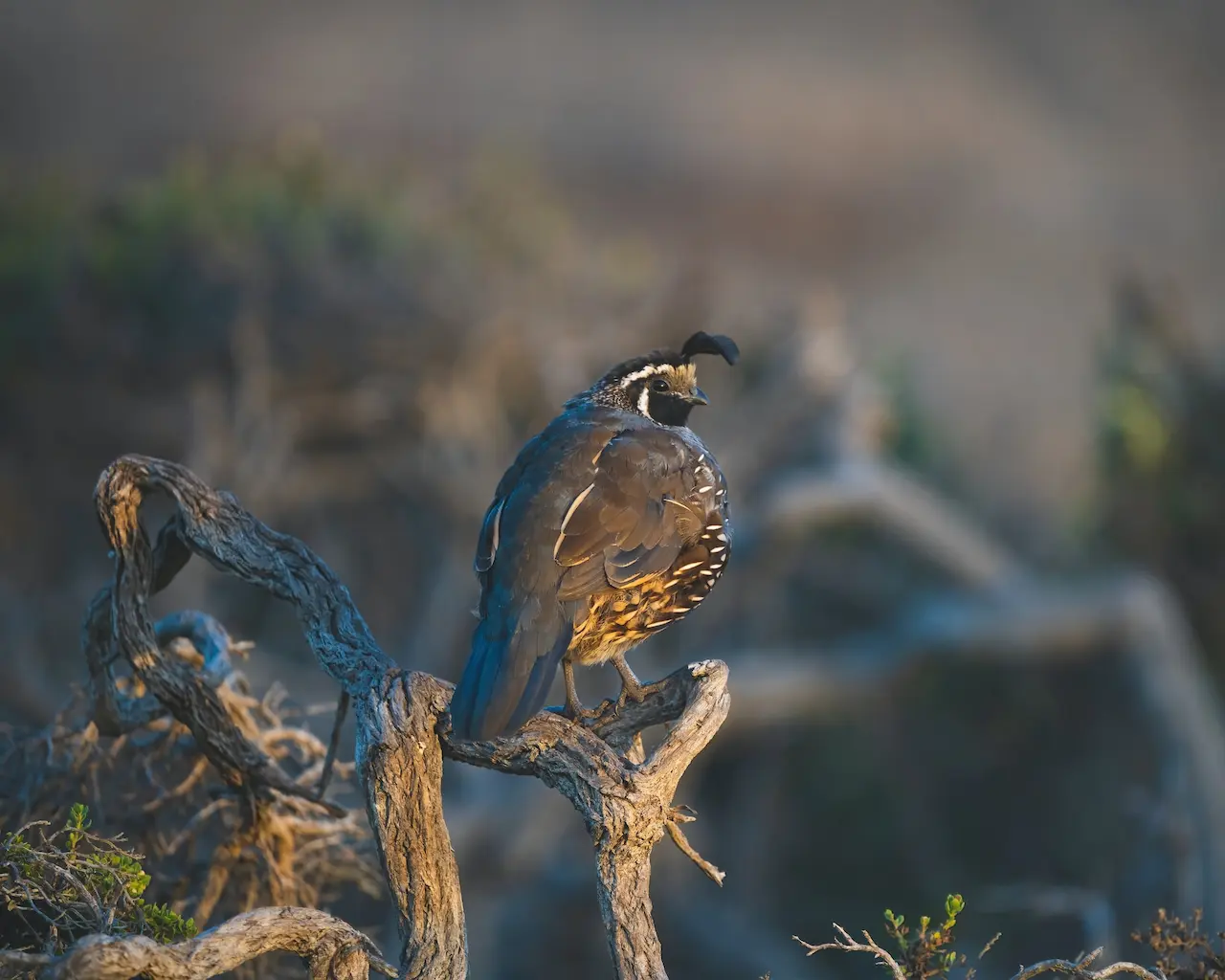Rio Grande Wild Turkey
The Rio Grande Wild Turkey (Meleagris gallopavo intermedia) was first described by George B. Sennett in 1879, who said it was intermediate in appearance between the eastern and western subspecies, hence its scientific name.
Distribution / Habitat:
The Rio Grande Wild Turkey (Meleagris gallopavo intermedia) can be found in the southern Great Plains, western Texas, and northeastern Mexico, and was named after the Rio Grande River.
This turkey inhabits brush areas near streams and rivers or mesquite, pine, and scrub oak forests.
It can be found up to 6,000 feet elevation and generally favors a country that is more open than the wooded habitat favored by its eastern cousins.
The Rio Grande Wild Turkeys is considered gregarious and, nomadic in some areas, having distinct summer and winter ranges. They may form large flocks of several hundred birds during the winter period and have been known to travel distances of 10 or more miles from traditional winter roost sites to their nesting areas.
Description:
This turkey is similar in general appearance to the other subspecies of the wild turkey and similar in body size to the Florida Turkey, which are about four feet tall, but with disproportionately long legs. The Rio Grande turkeys are comparatively pale and copper colored.
They are distinguished from the eastern and Florida subspecies by having tail feathers and tail/rump coverts tipped with yellowish-buff or tan color rather than medium or dark brown. Although there has been more variation in the shade of buff/brown in the tail feathers among Rio specimens, the color is consistently lighter than in the eastern or Florida birds and darker than the same feathers in the Merriam’s or Gould’s subspecies.
Adult females, called hens, are smaller than the males, and similar in color but duller. Hens average 8 to 12 pounds while adult males average 20 pounds. The feathers of the breast, sides, and flanks are tipped with pale pinkish buff.




